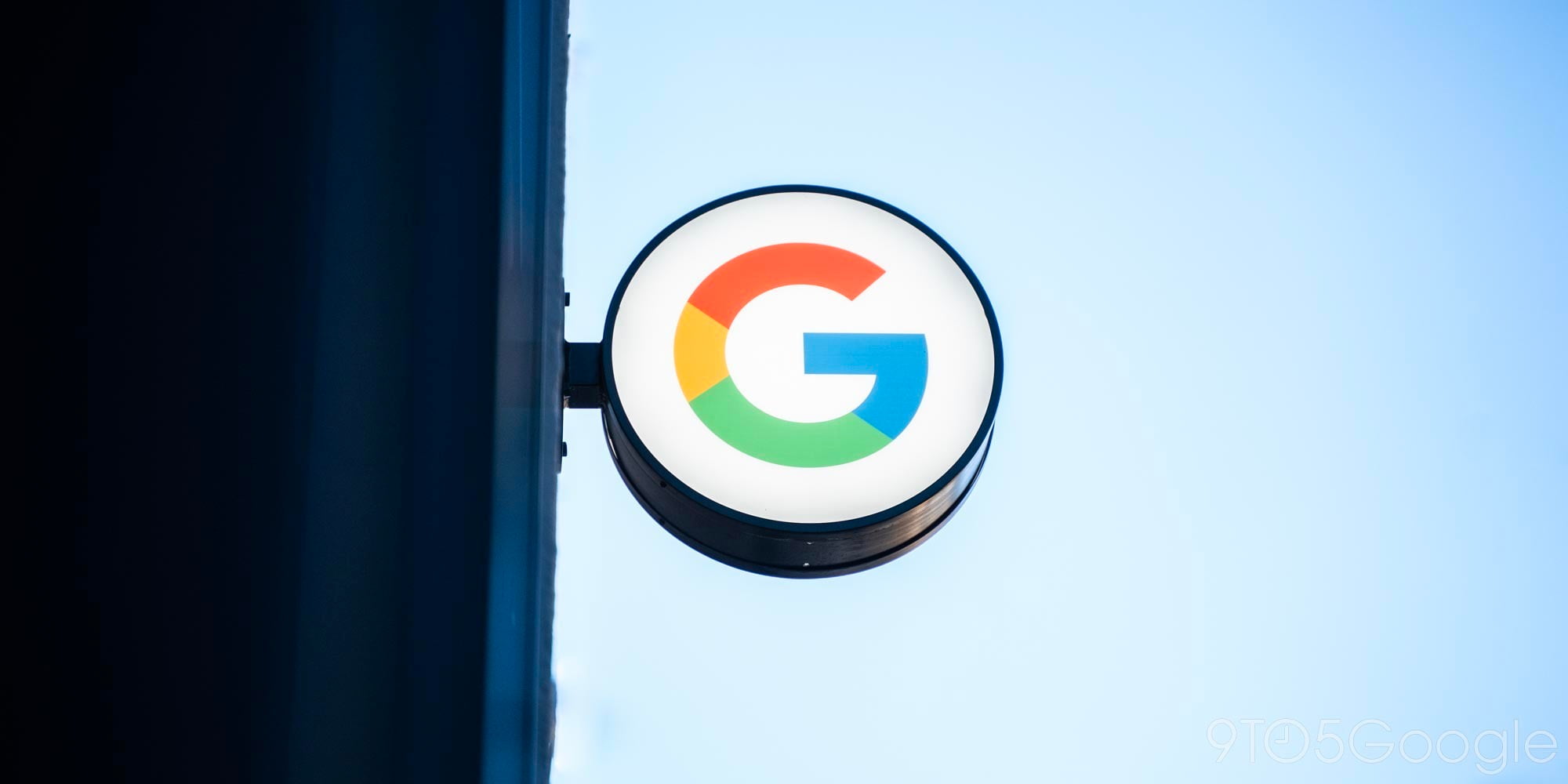

A few months ago, as soon as it was officially launched in the UK, I checked out the Moto X Play. Price and spec-wise it stood halfway between the Moto G and the Moto X Style/Pure. Although it undoubtedly had its positives, there were some elements of the experience that left me disappointed. It intermittently stuttered and lagged during transitions, and very often refused to load data within apps. It wasn’t all the time, but it was enough to leave a less-than-great feeling.
With Android Marshmallow, the experience is so vastly different, it’s pretty difficult to believe. In fact, it’s so much better, I felt the phone should be revisited…
There are a couple of things worth noting before sharing my experience. First off, I didn’t get the software update the usual over-the-air way, it wasn’t available in the UK when I wanted to test it, but a rollout has begun at time of publishing. That meant I had to download the .zip file manually from XDA Developers’ forums and go through some boot-up options to get it updated. It took roughly 30 minutes in total to do it that way.
Secondly, although the performance was remarkably better with Marshmallow, there’s still only so far you’ll get with the Snapdragon 615 processor inside the X Play. It’s not the fastest or most powerful chip around. It’s Qualcomm’s budget octa-core processor which handles some tasks fine, but often shows its weaknesses, made less obvious by Marshmallow.
[youtube=https://www.youtube.com/watch?v=b9_Yuqn9ejs]
My biggest struggle with the Moto X Play running Android Lollipop was that so many apps wouldn’t load data every now and then. Despite having a good WiFi or cellular connection, it’s like the X Play just could not cope with the information. Most of the time it was apps like Instagram, BBC Sport, eBay or Yahoo News Digest. I’d open them and end up looking at the spinning ‘loading’ disk for a minute or so before being told there was an error. It’s something I’ve experienced on a number of SD615-powered smartphones, so I wasn’t exactly surprised.
With Marshmallow on exactly the same hardware, I’ve not had any of those issues. The closest thing I experienced was that Instagram profile thumbnails didn’t load for a few seconds. It seems that — as well as providing us with the brand new operating system — Motorola dealt with a number of performance bugs in the same update.
The next biggest improvement — one which wasn’t entirely necessary, but appreciated nonetheless — was ‘Doze’ mode. The X Play has a beefy 3,630mAh battery which, in my experience, got me through two days’ use and over 5 hours of screen-on time. With ‘Doze’, the screen-on time is not affected, but you do get much better standby time. If you’re a moderately light user like me, this will easily get you a few hours extra between charges, maybe even an extra half day.
Thirdly, and one option which I noted as an improvement on the Moto X Style, was the ability to adopt MicroSD storage as internal memory. Instead of having just around 11GB available (after system files/data on a 16GB phone), I now have around 40GB to play with thanks to the addition of a high-speed 32GB MicroSD card. In this day and age, regardless of platform, 16GB internal storage just isn’t enough. It limits how many apps you can have installed. With adoptable storage, you can treat the SD card as internal storage, using it to store apps and app data.
Despite the now smooth performance, even better battery and flexible storage, there are still some things the Marshmallow update can’t fix: Camera performance. Granted, the 21MP camera in the X Play isn’t the worst camera to grace the back of a smartphone, but it’s far from the best. Good daylight images with color and depth are achievable in bright, but it still struggles to focus on objects up close, and is far from being a good low-light shooter.
With Android Marshmallow, the X Play is a much better smartphone, no question. But it’s still far from being anything close to a flagship device. It’s just a much better mid-tier phone than it was before Android 6.0 became available for it. Given the relative lack of software updates since launch, it’s clear Motorola hasn’t focussed much attention on the global version of the DROID Maxx 2. It has been neglected somewhat. But this latest update should keep it fresh for some time yet.
With all that said, if you want a stock Android experience and don’t want to pay too much for it, you don’t have that many choices. You have either the Nexus 5X by LG with a 5.2-inch screen, fingerprint sensor and regular software updates, or the Moto X Play with a 5.5-inch screen, huge battery and expandable storage.
At $389 in the US, the DROID Maxx 2 is still a tough sell when compared to the excellent $399 Moto X Pure Edition. Internationally, however, the Moto X Play’s £249 price tag is starting to feel a lot more palatable than it was before Marshmallow arrived.
FTC: We use income earning auto affiliate links. More.




Comments